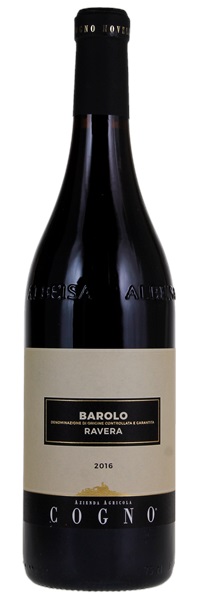Estimate

From the estate that proved the extraordinary quality of the Ravera subzone, this compelling wine opens with heady scents of rose, iris, perfumed berry, new leather and camphor. Focused and full bodied, the precise palate is delicious and firmly structured, featuring ripe red cherry, crushed raspberry, licorice and tobacco framed in tightly knit fine-grained tannins. Fresh acidity keeps it beautifully balanced and lends youthful tension.
...offers an important education in why this site deserves the spotlight. The wine shows terrific balance and depth, with rich fruit aromas framed by smoke, tar, ferrous earth and tangy licorice. The tannins are softly contoured, and the wine moves over the palate with profound length. Interestingly, two Nebbiolo clones, Lampia and Michet, are blended to make this wine.
...shows all of the energy and tension this site is so well-known for. Penetrating acids and veins of tannin give the Ravera its drive and overall feel. Naturally, the 2016 is going to need at least a few years to be at its best, but it has tremendous breeding and character to burn. White pepper, mint, sweet red cherry and citrus add to the wine's high-toned profile. This is another stellar wine from Cogno.